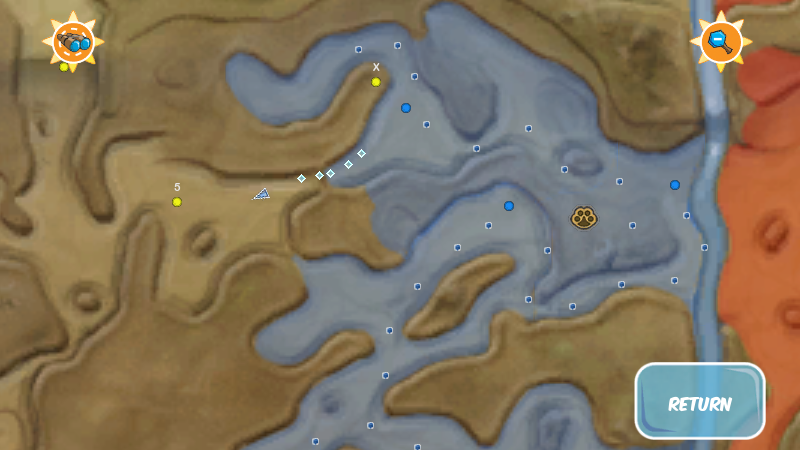

Males have an average body mass of 731 g while females are an average of 720 g. They are 245 to 290 mm from head to rump, with slender bodies and tails that are 190 to 240 mm in length. Meerkats are one of the smallest species of mongooses in the family Herpestidae. There burrows are average of 13 ☌ compared to an average annual air temperature of about 43 ☌ in parts of their range. Their burrows help them stay cool even when ambient temperatures are high.

A study in 1980 reported burrow systems with 2 to 3 levels of tunnels that connected chambers approximately 30 cm high by 15 to 45 cm long. Their dens also include tunnels that are about 1.5 m long.

The tunnels and chambers of their dens range in diameter from 1 to 5 m. They create multiple entrances dug at approximately 40 degree angles to the plane of the groud. The entrances are surrounded by tall mounds of excavated dirt. Meerkat burrows, also called dens, range in size and complexity. Meerkats are also known to displace other species from burrows that are actively in use. Meerkats construct their own burrows, but may also use abandoned burrows created by other small mammals. They occupy areas associated with firm soil, such as Solonetzi soils, ferruginous (iron) soils, and podzolic soils, but also occupy sandy, desert soils found in the Kalahari. Whether meerkats occupy a certain habitat is influenced by soil type, as they create complex burrow systems. An exact elevation range has yet to be reported for meerkats. Specific types of veld habitat that meerkats use include Karoo scrub, Kalahari thornveld, Botswana acacia scrub, Namibia Camelthorn and Highland rangeland, and Botswana semi-desert savannas – areas which average less than 600 mm of rainfall annually. Meerkats are most commonly found in velds, which are flat, open habitats covered by scrub, grasses, and sparse trees. Meerkats live in a range of habitats, including arid or semi-arid open plains and rocky crevices near rivers. ( Doolan and Macdonald, 1996 Doolan and Macdonald, 1999 Ewer, 1963 Kingdon, et al., 2013 van Staaden, 1994) Many observations of meerkats have been made in the southern region of the Kalahari Desert, which spreads throughout most of Botswana, western Namibia, and northern South Africa. They inhabit the west coast near the Atlantic Ocean and extend as far east as the Assegaai River in northeastern South Africa. Large populated areas begin at latitudes of 21 °S to the southern edge of the continent. Their geographic range includes the southwestern corner of Angola, extending southeast into Namibia, Botswana, and South Africa. Meerkats ( Suricata suricatta) are native to the Ethiopian region, near the southern tip of Africa.


 0 kommentar(er)
0 kommentar(er)
